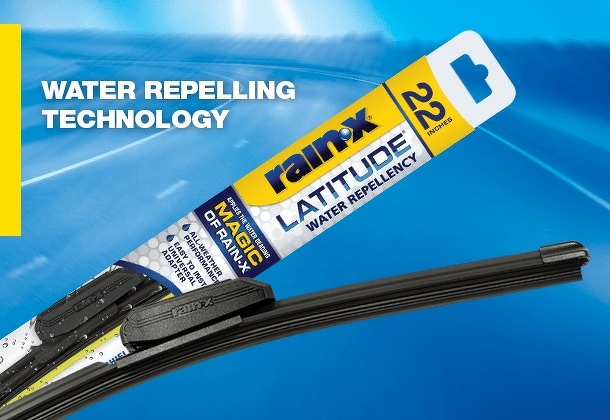Replacing Wipers and Wearable Tech Characteristics
Had this moment earlier today when I was replacing auto wiper blades and had the “would it be cool if my glasses could point to me the steps and the {hidden} button to get these off and the new ones on there?”
The replacement blades had a QR code on there, obviously pointing to the reality of one carrying a camera-equipped, internet-connected mobile. But, isn’t this where connected glasses are supposed to be a better use case? A “take a look at this context and give me info that’s specific enough, but not given all at one time” framing.
These are the moments where we can see that some of what we’ve done for connected behaviors might be ripe for some of what a connected wearable offers. Whether its grabbing the mobile when reading a book to look up something more specific, or using the “enhanced viewing” option in movies/sports to derive more insight to a character, placement, or artifact, or something else. There’s this impending cliff for just a few, not-as-often thing, where something about wearables makes a lot of sense.
Back in a previous career, seven characteristics of mobile by Tomi T Ahonen gave language to a few extremely distinct opportunities to shape what made “mobile” different from PC (“productivity computer”). I was able to use that iron to sharpen what it meant to graft mobile into theological spaces, helping many folks see use cases which made sense for mobile while not completely disregarding the usefulness of older toosl/media methods.
I almost wonder if similar is needed for wearables? And if so, how will some of those characteristics point towards augmenting the parts of being humane which really do make for better lives? I mean, wouldn’t it be great if we didn’t just have an indicator letting us know that the way we see the world needs a new set of wipers. But, we had a means of putting on those new wipers at the pace, tone, language, and security that met us right where we are?
